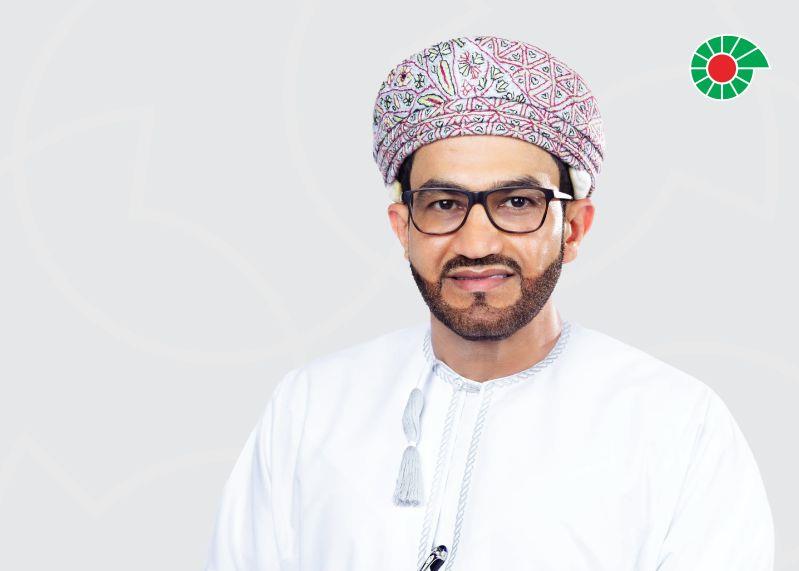
The success is sweetened even further by the actual production figures. At 2,800 million cubic feet a day (cf/d) of gas, the two phases have significantly exceeded the production target of 2,000 million cf/d. The higher-than-expected production flows have fuelled speculation about an early expansion of the onshore facility, which comprises four 500 million-cf/d gas trains. The rumour is that plans for a fifth train are already well advanced.
Phase 1, being carried out by the local Petropars, was planned to come on stream before phases 2 and 3 but is unlikely to be operational before mid-year. Total progress on the project stands at about 97 per cent, with the offshore side lagging behind at 94 per cent. Pipelaying problems mean only 22 kilometres of the 140-kilometre pipeline linking the offshore facilities with the onshore site have been laid. Work is in hand on phases 4-10.
Going ahead with phases 11-14 is now the goal of Pars Oil & Gas Company (POGC) - the National Iranian Oil Company (NIOC) subsidiary in charge of the South Pars development. Three phases are dedicated to NIOC's liquefied natural gas (LNG) plans, and the fourth has been set aside for gas-to-liquids (GTL) production. The LNG sector has been the centre of attention in recent weeks, with two projects in particular making headlines: Pars LNG, a partnership of NIOC, TotalFinaElf and Petronas; and Persian LNG, in which NIOC's partners are the Royal Dutch/Shell Group and Spain's Repsol YPF.
Promoters of Persian LNG are in the process of appointing a financial adviser for the project, which is planned to come on stream by 2007. The other group is following a different strategy, planning to set up a shareholding company first. TotalFinaElf officials say a shareholders' agreement between the three partners is expected to be signed in the first quarter.
However, it is still not clear whether NIOC plans an integrated LNG project, combining upstream and downstream elements, or whether the two elements will be tendered separately.
In mid-January NIOC requested companies to submit revised bids for the development of phases 11-12, but industry officials said no further details were available at this stage. However, TotalFinaElf officials told MEED in December that they consider one phase to be sufficient to provide enough feedstock for a world-scale LNG facility. Under such a proposal, phase 11 would produce 1,400 million cf/d of gas feed to produce 8 million tonnes a year (t/y) of LNG.
While gas projects are at the forefront of Iran's hydrocarbons ambitions, oil is still the money-maker. The January OPEC quota increase to almost 3.6 million barrels a day (b/d), combined with a strong oil price, will provide a comfortable source of revenue. With installed oil production capacity of about 3.9 million b/d, Iran will have no difficulty in meeting OPEC's new quota.
NIOC is looking to raise capacity further through the development of the giant Azadegan and Bangestan onshore oil fields. Talks on Azadegan continue between a Japanese consortium and NIOC, although a contract award is still some way off. Several foreign companies, including Shell and TotalFinaElf, have also expressed interest in participating in the scheme.
A clearer picture is emerging with regard to Bangestan, which comprises the Ahwaz, Ab-e-Teymour and Mansouri fields. NIOC is understood to have decided to develop Ahwaz first, after four companies - TotalFinaElf, Shell, the UK's BP and Italy's Eni - submitted non-conforming bids in December 2001. Revised bids for Ahwaz were submitted in October 2002.
Oliver Klaus
You might also like...

Microsoft invests $1.5bn in Abu Dhabi's G42
16 April 2024

Roshn and Dar Al Arkan sign Sedra deal
16 April 2024

Summit opens with promise to keep Cop28 commitment
16 April 2024

PDO gets first Omani managing director
16 April 2024
A MEED Subscription...
Subscribe or upgrade your current MEED.com package to support your strategic planning with the MENA region’s best source of business information. Proceed to our online shop below to find out more about the features in each package.








